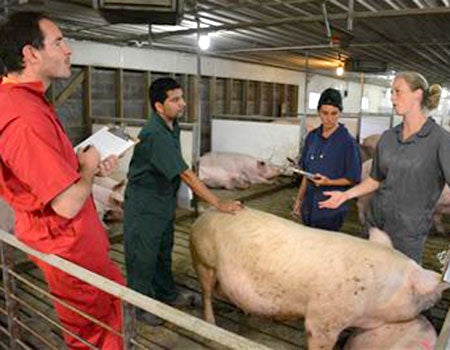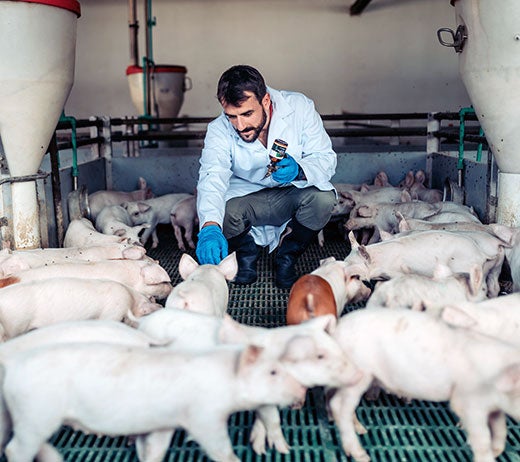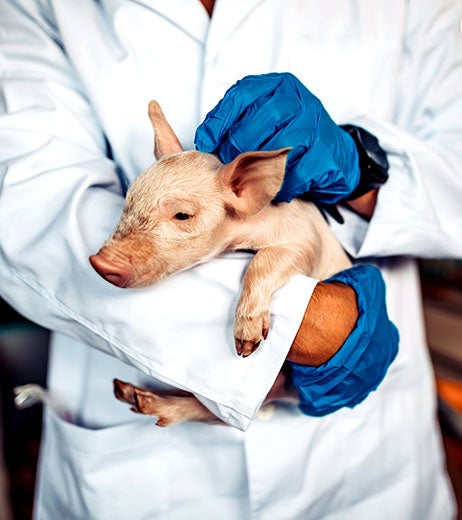The People Factor
Successful implementation of ESF depends critically on careful consideration of the design and flow of the barn. However correctly addressing these factors does not guarantee success because people have the biggest impact on the outcome of the transition away from gestation stalls.
The Importance of Commitment
People working in the barn must be enthusiastic and committed to the project, as well as equipped with the necessary training and/or skills to succeed. In our experience, the implementation of ESF usually goes easier on owner-operator farms as the person who made the decision to implement ESF is usually working in the barn and their personal investment is often at stake.
This is in contrast to the situation in the more integrated production companies where the individuals who are tasked with making ESF work were not involved in the decision process, and they rarely have a significant financial stake in the outcome of the decision.
Regardless of the size or type of the farm, it is important to identify existing staff members who are looking for new challenges and not resistant to change. Less pig experience and an on-the-job worker-training program can in some cases be preferable for at least part of the staff rather than trying to re-educate experienced workers from a crated barn.

About Training
In addition to selecting the right people to staff an ESF barn, providing these workers with the appropriate training is also critical to success. It is highly recommended that as many staff and for as long as possible visit/work in an existing ESF facility before the startup.
The staff must learn the procedural differences that exist between a crated barn and an ESF barn. Common challenges include successful management of tasks new to an ESF barn such as electronic identification tag management (sows cannot eat without an EID tag, and this needs to be monitored daily) or training of gilts to use the ESF station (poorly trained animals will struggle to get sufficient feed intake in an ESF barn).

Individual Animal Care
Another task that is dramatically different is individual animal care. The larger the pen, usually the harder it is to track individual animals.
Staff members need to learn how to:
Recognize individual animals in need of care
- Requires the staff to better understand sow behavior and movement in order to identify treatable problems at the earliest possible stage.
Repeatedly locate those animals
- Necessitates a system to mark individual animals or at least a labeling schema to identify specific locations of animals within the pens.
Finally, visiting a working ESF barn allows staff new to this approach to get a vision of how well such a barn can run as there are more ways to make the system not work than work. Staff will benefit from having a clear view of their road to success.

Swine Teaching & Research Center
Media requests
For all press inquiries, please fill out the Press Inquiry Form.
